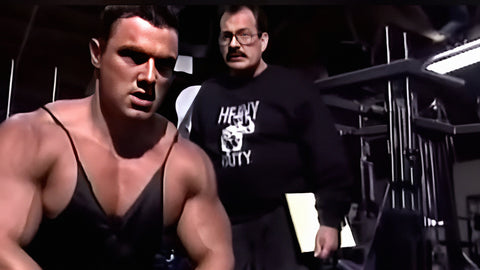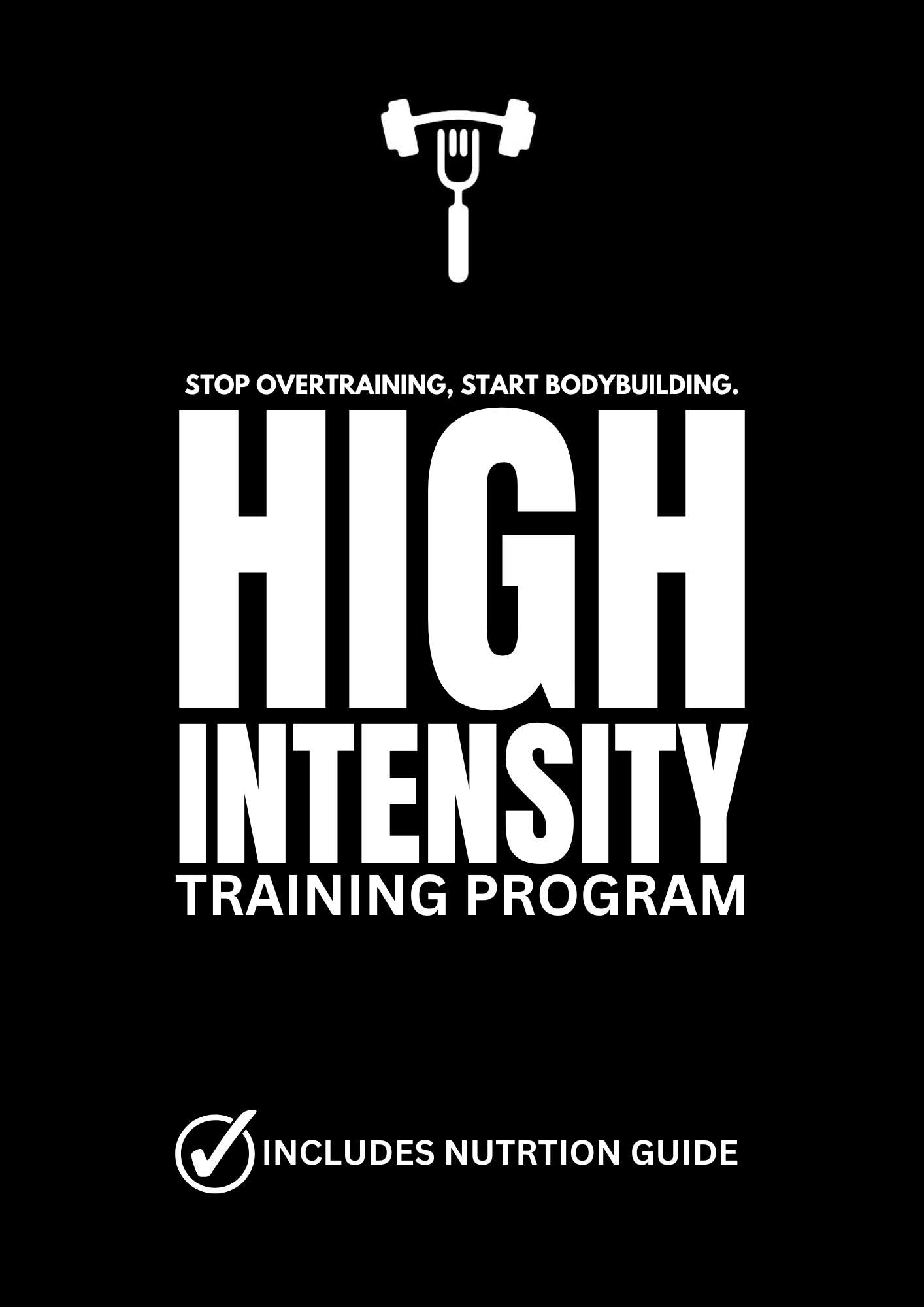Two Sets Might Be Your Biggest Mistake: The Truth About Overtraining

In the pursuit of bodybuilding, we often find ourselves caught in a relentless cycle of pushing harder, lifting heavier, and increasing volume. But what if I told you that sometimes, less is more? In the world of bodybuilding and strength training, the notion of overtraining looms large, yet many continue to overlook its potential impact on progress. Enter the controversial idea that just two sets might be your biggest mistake.
In recent years, fitness enthusiasts and athletes alike have been captivated by the minimalist approach to training. This idea resonates deeply with those seeking to optimize their training routines.
The concept is simple yet profound: more sets do not always equate to better results. In fact, pushing beyond your body's capacity for recovery can lead to diminished gains, increased risk of injury, and even regression in performance. It's a harsh reality that many fail to acknowledge until it's too late.
Consider the case of the dedicated gym-goer who diligently performs multiple sets of every exercise, believing that more is better. While their intentions may be noble, they may unwittingly be sabotaging their progress. As Mike Mentzer once pointed out, the key lies in quality over quantity.
Mentzer's teachings on high-intensity training (HIT) emphasize the importance of pushing muscles to their limits with brief, intense workouts. By focusing on a few key exercises performed with maximum effort, trainees can stimulate muscle growth without overtaxing their bodies. In essence, it's about working smarter, not harder.
But why is it that two sets might be all you need? The answer lies in understanding the principle of progressive overload. Rather than mindlessly adding more sets and reps to your routine, the key is to continually challenge your muscles in new ways. By increasing the intensity of each set—whether through heavier weights, slower tempos, or stricter form—you can elicit a greater response from your body without overburdening it with excessive volume.
Moreover, by limiting the number of sets per exercise, you allow for more efficient recovery. Contrary to popular belief, muscles don't grow during workouts; they grow during periods of rest and repair. By giving your body adequate time to recover between sessions, you set the stage for optimal gains in strength and size.
Of course, the idea of cutting back on volume may seem counterintuitive to some. After all, we've been conditioned to believe that more is always better. However, as with many things in life, balance is key. By finding the sweet spot between challenging your muscles and allowing them to recover, you can unlock new levels of progress that were once thought unattainable.
In conclusion, the notion that two sets might be your biggest mistake challenges conventional wisdom in the world of fitness. While it may seem radical to some, the principles behind this minimalist approach are grounded in science and supported by real-world results. So before you mindlessly add another set to your routine, consider whether you might be better served by taking a step back and embracing the power of less. After all, when it comes to training, sometimes the greatest gains come from doing just enough—and nothing more.

